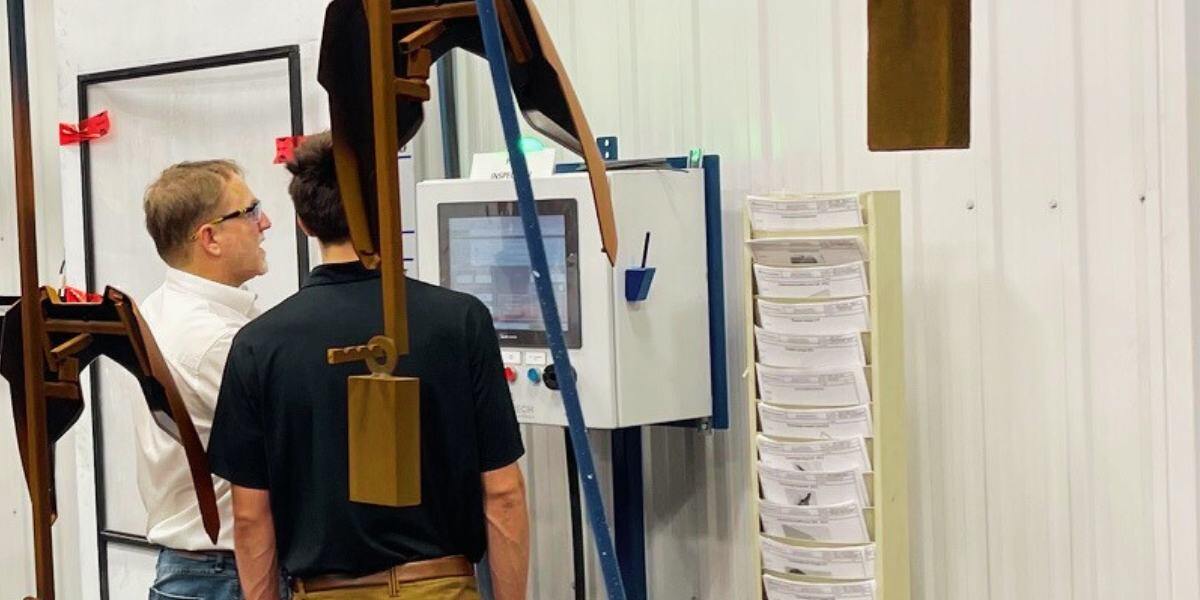Once the requirements have been clearly defined and we have defined an initial potential solution, the next step is to evaluate the project's technical and economic feasibility. This step is crucial in determining whether the project is viable and meets expectations in terms of budget, deadlines and performance.
Evaluate technical feasibility
Technical feasibility assessment consists of analyzing the technical aspects of the project to determine whether it can be carried out with the technologies and resources available. This assessment takes several factors into account, including :
- Complexity of the task to be automated: Some tasks are more complex to automate than others, due to their precision, variability or dangerous environment.
- The availability of technologies: It's important to ensure that the technologies required for the project are available and accessible. We must also ensure that the technology is mature enough for the industrial environment in which it will be deployed.
- Team skills: What are the current skills of my in-house team? What external knowledge do I need from an integrator, for example, and above all, what knowledge do I want to develop internally in my team with and after the launch of this project?
- Environmental restrictions: It's important to take into account the restrictions of the working environment, such as available space, safety requirements and current standards, as well as connections to different IT systems.
Assessing economic feasibility
Economic feasibility assessment involves analyzing the costs and benefits of the project to determine whether it is economically viable. This assessment takes several factors into account, including :
- Investment cost: The investment cost includes the cost of the robot, the peripherals, integration, training and maintenance.
- Potential savings: Potential savings include productivity gains, labor cost reductions and quality improvements, raw material savings, inventory reduction, etc.
- Return on investment (ROI) time: The time to return on investment is the time it takes for the savings generated by the project to offset the investment cost.
- Overall rate of return (O.R.R.): There are several equivalent ways of calculating O.R.R., either by working time, or by the number of parts manufactured, if these times are known.
Tools and methods for assessing feasibility
Evaluating technical and economic feasibility is an essential step in ensuring the success of an industrial robotics project. There are several tools and methods available for assessing the technical and economic feasibility of a robotics project. By identifying potential risks and challenges at the outset, you can make informed decisions and increase your project's chances of success.
At Revtech Systems, we can help you evaluate the technical and economic aspects of your project, and ensure that it is feasible and viable. Our team of robotics experts can help you assess your needs and choose the most appropriate solution for your project.
See all the articles in the series on the pre-engineering stages of your robotics project:
Define possible robotic solutions
How to Identify your need for automation, robotization or AI?
What is a pre-engineering stage?

